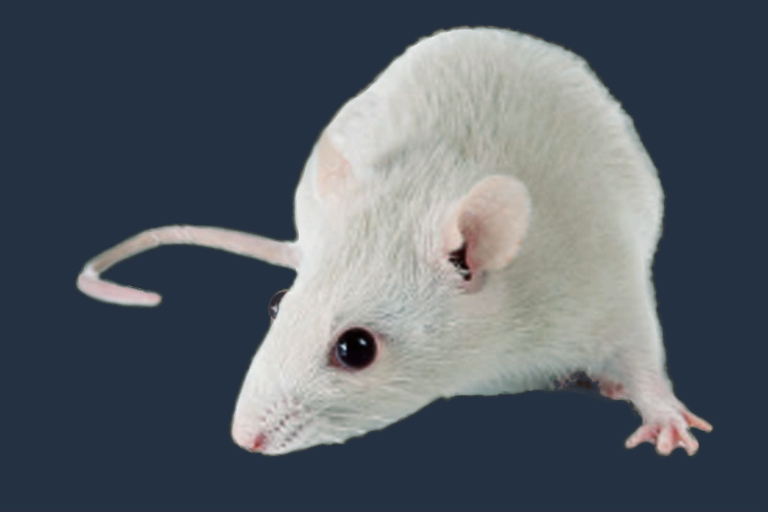Myth
Animals are not needed for medical research. Most medical breakthroughs have resulted from epidemiological studies, computer models, and cell cultures.
Fact
Biomedical research involving lab animals has played a vital role in virtually every major medical advance of the last century. Practically every present day protocol for the prevention, control and cure of disease, and relief of pain, is based on knowledge attained – directly or indirectly – through research with animals. Physicians and scientists overwhelmingly agree that animal systems provide invaluable and irreplaceable insights into human systems because there are striking similarities between the genetic and physiological systems of animals and humans.
While medical and scientific advances achieved through research with animals are frequently supplemented by knowledge obtained through non-animal methods – such as computer models, mathematical models, cell and tissue cultures, clinical observation, and epidemiology – these "alternative" methods serve only as adjuncts to basic animal research.
As yet, there is no complete alternative to biomedical research with animals. There is still an essential need to develop surgical procedures, test drugs, medical devices, and other promising treatments on some animals before they are tested on humans since even the most sophisticated technology cannot mimic the complex cellular interactions that occur in a living system.
However, prospects are favorable for reducing the use of animals in the area of product development and testing. And conceivably, the day may come when animal research is no longer necessary


